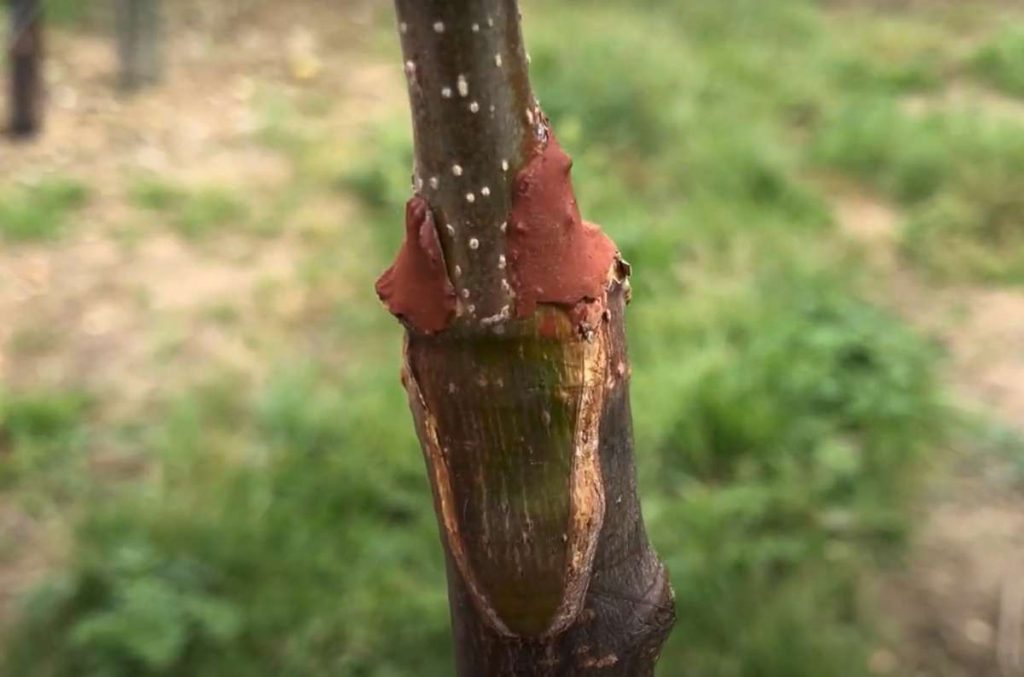Grafting
Garden Clippings for Jan 1f3, 2024
Try as you may, but if you planted a seed fallen from a Japanese Red Maple, it would not grow into another Japanese Red Maple. Rather it would become a Maple of some sort, rather ugly, with small green leaves, and no outstanding features.
Ditto for Flowering Crab, Blue Spruce, Apple tree, Weeping Caragana, Oriental Cypress, Japanese Cherry and a host of popular and everyday nursery plants.
Horticulturists are a clever bunch. Years and centuries ago, after finding a tree or shrub with positive attributes, they discovered that reproduction by seed would not guarantee identical offspring. With research it was determined that if they wanted children that looked like their parents, it would be necessary to use vegetative propagation instead of seeds. Cuttings instead of seed production.
Growing plants from cuttings had its advantages. If grown in the right conditions, at the right time of year, propagation from cuttings made much more sense than planting seeds. After learning about stem cuttings, nursery growers were happy to eliminate the tedious job of planting seeds, with the benefit of quicker growth and higher success rate.
But there was a problem. Certain plants refused to grow roots from stem cuttings. Some of the most desirable plants could not be reproduced either by stem cuttings or seeds.
Enter the process of grafting. Our horticultural ancestors soon discovered that if they cut a stem off a tree and ‘welded’ it to the root of a related tree, the two parts would eventually become a new tree, with the stem depending on roots for survival.
Fast forward to today, and grafting has become a common practice. These days most nursery grown trees and many shrubs are grafted rather than grown from seed or cuttings. Whether you grow a Maple, Magnolia, Locust or Linden, it would likely have been grafted.
Some trees are grafted twice. Weeping Peashrub, Weeping Mulberry, and Dwarf Tree Lilac are grafted at the roots and grafted again above a long stem in order to achieve a weeping or lollipop form.
Fruit trees are always grafted. If you planted the seed of a Granny Smith Apple, it may grow to become a tree that would have roots (understock) suitable for grafting onto stems (scions) of a proper apple tree. Fruit tree growers have also discovered that they could graft multiple apple tree varieties on to the roots of one understock, providing a solution to gardeners who have limited space but want a few types of apples.
Nursery growers are smart enough to know that there are limitations to grafting. It is important to line up the size of a scion to an equally sized root stock. The flow of water and nutrients must be able to continue to travel up and down the tree. It takes time for the two parts to connect successfully. Sometimes wax is applied to the junction to prevent the two parts from drying out.
The other limitation is that it is important for the scion and root stock to be compatible. Don’t try to graft an apple to a pear or a Maple to a Locust.
Next week’s Garden Clippings will examine tissue culture, the newest propagation method.


